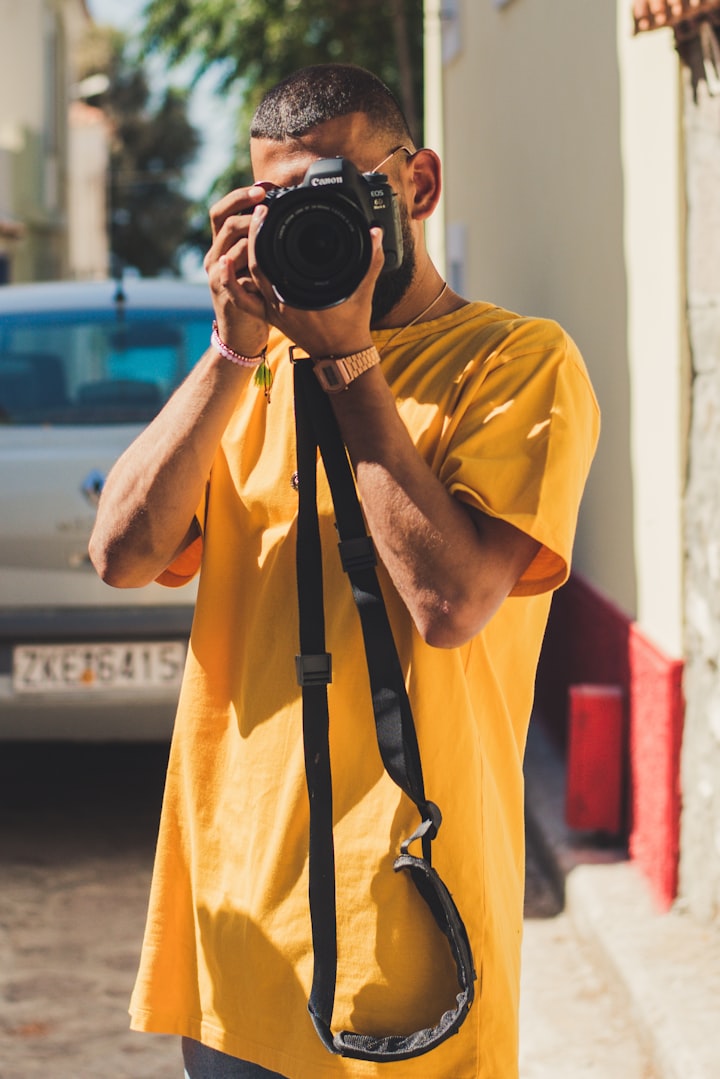How to Use Right Color Therapy in Your Logo?

Undoubtedly, color affects our emotions and behavior and plays a fundamental role in creating a successful logo. However, it is one of the elements of logo design that small business owners looking to create their own logo by outsourcing logo designing company in Noida. We'll help you understand a little more about color, how it affects our choices, and how you can use it more effectively when creating your own logo.
Using Right Color Psychology in Every Logo Design
Colors can address consumers subconsciously and arouse emotions. Getting the response you want isn't as straightforward as choosing a relaxing blue or an earthy green, however. Complex interactions in the brain shape the way we process visual information. Each individual's experience is important. The feeling of color also changes over time.
Unfortunately, the psychology of logo color tends to get right to the point. Complicated ideas boil down to the simplest of generalizations. White is eternal and pure. Yellow is cheerful and confident and red is fiery and passionate. Good logos should endure. So don't sacrifice brand equity by changing the colors of your logo too often.
A Closer Look at the Different Logo Colors and Their Significance
Red
As one of the primary colors, red is typically associated with strong or passionate emotions such as love, trust, excitement, and passion and is known to make people hungry. On the other hand, it is also associated with anger and danger.
Yellow
Yellow has a reputation for being bright, cheerful, and positive as it is reminiscent of sunlight, flowers, and gold. Yellow is often associated with warmth, spring, and happiness. Yellow is a common warning symbol on road signs because the bright color is easy to see from a distance. But yellow is not an auspicious color everywhere. It often involves cowardice and disease, and many Western Europeans associate yellow with envy. Yellow also means illegal activity in China.
Green
The earth may be a blue planet, but there is also a lot of green here. Green is calm and peaceful and conveys the idea of growth. Many brands whose products care about the environment use green. John Deere, Animal Planet, and the All Girl Scouts wear this color. Of course, the value of green goes beyond natural businesses. Whole Foods capitalizes on the fact that people associate green with health.
Orange
Orange is a combination of the primary colors yellow and red, it is an energetic and refreshing color that conveys enthusiasm, excitement, and warmth.
Black
Black is a color of strong contrasts. Black substances such as smoke, soot, and dirt embody power, elegance, and sophistication, but they are impure. In many Asian cultures, black is a neutralizing force that represents balance a symbol of the unknown that establishes its connection to death, emptiness, evil, and misfortune. Black can represent ghosts and shadows of mystery and sensuality.
White
White contains all wavelengths of visible light and, like black, is not scientifically a color; But also in the world of art and design it is associated with simplicity, purity, innocence, and cleanliness, but it can also be described as cold, sterile. When choosing the logo colors, it should also be noted that women and men prefer different colors and women tend to prefer softer colors such as tints, while men tend to prefer shades or nuances.
Purple
Purple pigments were among the most difficult to obtain in ancient cultures; In this way, purple became a widespread symbol of power, wealth, and royalty. Purple gemstones were also considered mystical and associated color with mystery and magical protection. The heart is a medal of courage in the United States Armed Forces. In modern western cultures, purple is associated with the mind, brain, and creativity. It is often used for autism or Alzheimer's organizations. Other cultures, like Brazil, reserve purple for death. and grief.
Blue
All you have to do is sit by the ocean on a clear day or gaze up into a pristine sky knowing that blue is a calming color. The sea and the sky are also mighty, like blue. In fact, blue conveys feelings of strength and reliability, and calm. Technology brands like Dell, IBM, Intel, and ATandT use the trustworthy message of blue; You create products that people trust day in and day out. Brands that sell devices and machines also love blue; Both GE and Ford use it. The bottom line is blue? It's a useful go-to color for any company that prides itself on its professionalism, reliability, and sturdiness.
Orange
Orange is a color that will not let anyone go unnoticed, stand out from the crowd, and send out a message that says, "I'm not afraid to be the center of attention." Orange is creative, youthful, and enthusiastic. Hooters uses orange; While some people don't approve of the brand's dress code, the company doesn't try to hide its identity. Harley Davidson also uses orange as a key element in its logo.
The combination of orange with black and white takes some of its "in your face" quality and combines it with the other colors to create a logo that is both robust and attractive. Orange is a kid-friendly shade. Nickelodeon's orange splash attracts the attention of young minds around the world, and Fanta and Crush's orange sodas easily appeal to those with sweet tooth.
Selecting the Right Color Combination for Your Next Aspiring Logo
Color schemes help control the saturation and contrast in your logo. You can make them unique by playing with values or matching designs with white, black, or neutral. These colors create a space between contrasting hues and often make logos cleaner and brighter. When designing your logo, remember that function is just as important as aesthetics.
The colors of the logo should match the experience you are trying to sell. Make sure your color options and value match the mood of your brand and audience as well. Don’t be angry when your brand is relaxed and at ease.






Comments
There are no comments for this story
Be the first to respond and start the conversation.